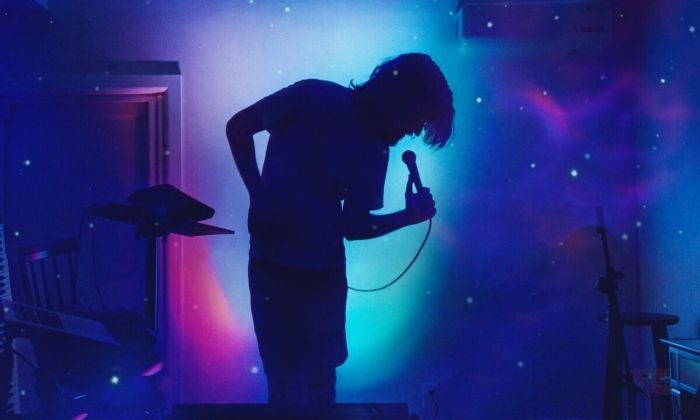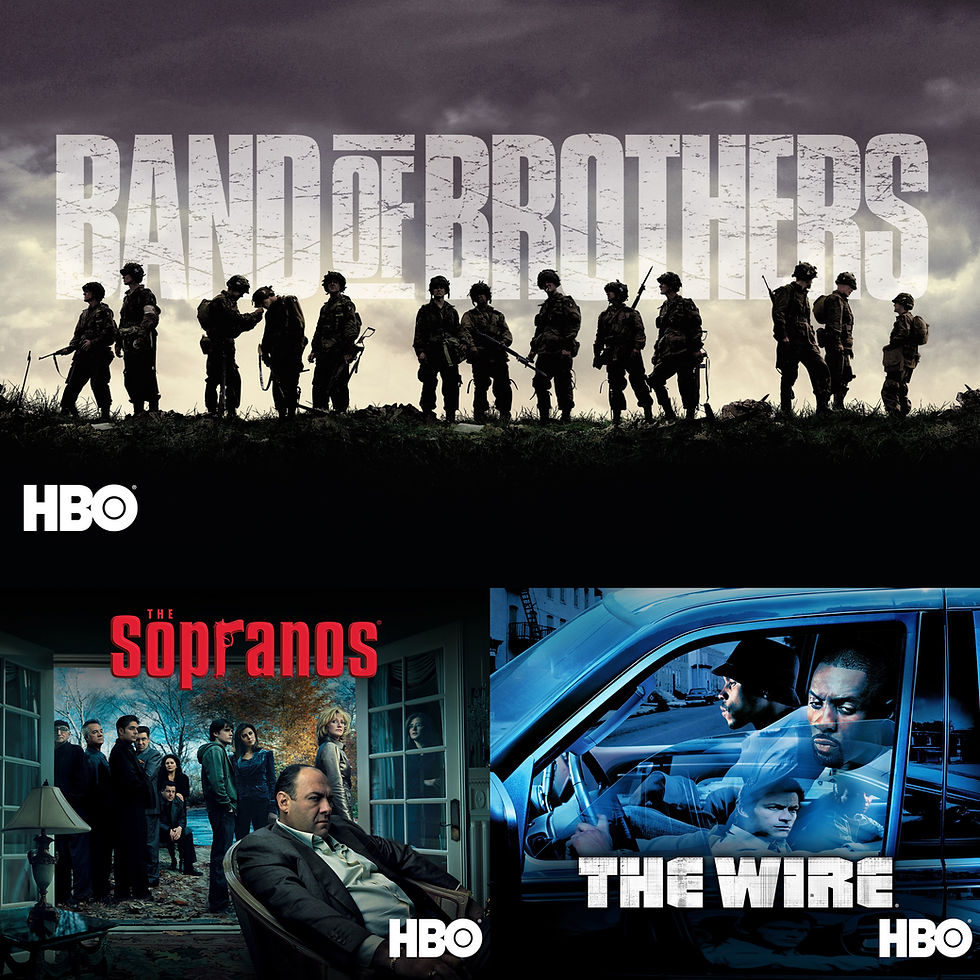HISTORY OF PAKISTAN CINEMA
- Cinema Wizard

- Jul 24, 2022
- 4 min read
Updated: Feb 12, 2023

In this post I'll talk about the history of the cinema, which, truth be told is indeed very long, and at first I was going to do seperate posts on each phase but then I didnt know if anyone will be interested in InDepth History, so I decided I do it a bit differently. I'll be brief with it, the information I'll be puting ahead are extracted from several sites like Wikipedia, Pakistan Magazine, the Hotspot Online (Through Web Archives), several interviews and Mushtaq Gazdar's Pakistan Cinema, 1947-1997. I dont think I can cover entire cinema history from top to bottom but I can try. Now If I have left some things, either I'll have a seperate post on it coming or it might have skipped my mind.
THE EMERGENCE
It all started way before Partition with a guy named Abdul Rashid Kardar who is creditted to be the pioneer of Pakistan Cinema. Although his ventures in Lahore weren't quite successful but they were enough to cement Lahore as a seperate industry.
First few years after partition were pretty rough, with the industry that made just 9 movies overall a year before partition, the helplessness was quite evident as total movies produced overall in SubContinent in 1946, were around whooping 107, most of them were from Bombay. The Lahore Industry could not cope with the demands of local theatres anymore, so the only way to keep cinemas running was to import movies from Bombay, India.
At the same time, Abdul Rab Nishtar took charge as Governer of Punjab he issued a notification that said Muslims should not take part in Film makng, it should be left to the infidels a. This statement made loads and loads of film people migrate to Pakistan.
In 1947 itself, a guy named JC Anand established Eveready Pictures, eventually became biggest distribution company, and distributes movies til date...
First ever feature that released was a movie named Teri Yaad, and to be honest, there couldn't have been a worse time to release the movie, as the movie released when our Governer General Quaid-e-Azam Muhammad Ali Jinnah was in very bad health, so without any doubt, it was destined to flop.
As time went by no movie made in Lahore garnered big success until a Punjabi movie Pheray came in 1949. Pheray got to be first post independence SuperHit and First to stay on screens for 25 weeks
For Urdu language, Do Ansoo did the same deed in 1950. Following year came a really Big Hit, named Chan Wey which not only was Malika-e-Tarannum Noor Jehan's First PakistanI Film but also first ever movie directed by a female in Pakistan and as the time passed, the industry did not look back, the viewership kept increasing and movies started to reach the benchmark of Golden Jubilee
THE RISE
As the audience grew and the movies started working better, the industry encouraged more and more talented people to join the Showbiz, apart from Lahore, people started making movies in Peshawar as well as Karachi. Ilyas Rashidi a Journalist launched an award ceremony for Films and Artists, named Nigar Awards. At around same time, Govt of Pakistan initiated awarding "Pride of Performance" to notable performers, artists and talents of other fields PoP is the highest Literary Award of Pakistan. Movies started getting made in Pushto, Balochi Sindhi and even English. Tabloids were getting made, Magazines had seperate movie columns.
Came the 60s, hailed as The Golden Era, within this time span, arrived so many artists who'd later go down in History as Legends. From Waheed Murad to Muhammad Ali to Nadeem to Nayyar Sultana to Shabnam to Nazar, so many artists started their careers in 60s. Pakistan made films on so many different topics and genres. Be it Romance or Action, a movie about war or movies about War or venturing into Horror, Pakistan Cinema did it all. It is said that in that specific time, Pakistan made loads of movies that it was on 4th spot on most movies made per year, More than 200 movies were being made every year.
In 1971, a movie released titled DOSTI, Pakistan's first ever movie to actually cross 100 weeks, i.e, a Diamond Jubilee. Everything was going great until.....
THE FALL
There wasn't just a single factor to the fall but several. The Biggest of which was Zia-ul-Haq's Martial Law, Cinema indeed was the first thing that got affected by the Regime change and once The Motion Pictures Ordinance was presented in 1978 (more on it later), it acted as a nail in the coffin.
Apart from this the increasing piracy, strict censorship and Govt. closing several cinemas was another factor.
Although these things brought down total numbers of movies per year to 90 from 200, there were several great movies that were still coming out.
The Final nail was however dominance of Punjabi and Pashto movies over Urdu movies, not to take anything away from the good artists working atm or good art pieces... BUT most of it was Problematic, Punjabi movies were all Violence-fest and Pashto movies were mostly Softcore P*rn... And Obviously no respectable family would want to go to either. The number of movies per year went from 90 in 80s to 2-3 movies per year in 2000s. There were a few good movie in 90s and 00s here and there but by 2002, industry was done and dusted.
THE RESURRECTION
After the industry died in Lahore, the artists and pro
ducers started shifting towards Karachi for Newer Opportunities, some artists went to the Neighboring country, India for work, and made a career for themselves there, some went there but couldn't actually take off, some went there, got big cheers and came back right back, one way or another.
The year was 2007, a guy named Shoaib Mansoor Directed a movie named Khudaa Ke Liye that starred Superstar Shaan, Superstar Fawad Khan, Iman Ali, and the Legendary Naseeruddin Shah. The movie worked wonders as it brought back the general audiences to the cinema. The revival was set in motion but.. it was slow. Several directors came ahead and starting making movies... However the big kick didnt come until Shoaib Mansoor came back yet again, this time with BOL starring Mahira Khan, Atif Aslam, Humaima Malick, Legendary Irfan Khoosat Sahab, Iman Ali and Legendary Shafqat Cheema, the movie cause havoc in the cinema and "Revived" Cinema....
(This Post is part of 8 parts series, 1/8)
.
.
.
Thanks for Reading
By @cinemaa.wiz
RATE THIS ESSAY
6
5
4
3










Comments